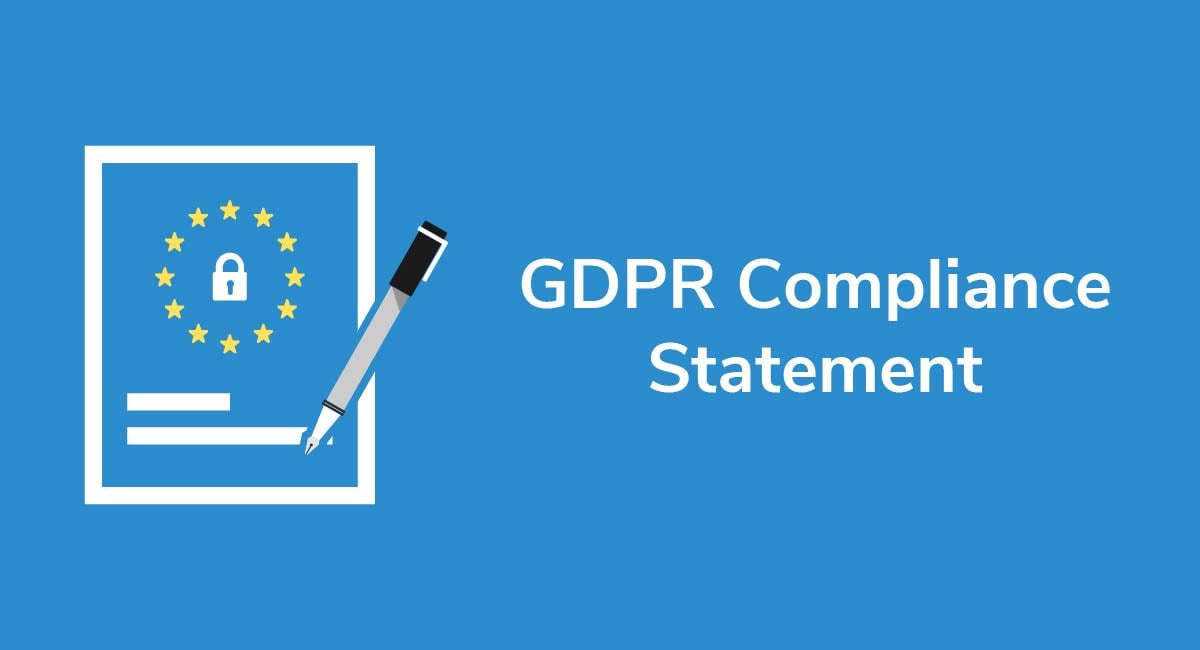GDPR is on the horizon and you could be one of the many busy evaluating business processes to ensure that your company doesn’t fall foul with respect to its implementation. While we haven’t yet embarked on a compliance program or initiative, any future project within our organization will probably include an element toward GDPR conformity. This could mean instructing employees on how to handle their information in accordance with these regulations, or simply making sure they understand what information is relevant for certain tasks , such as surveys for marketing.
The essentials of GDPR
The primary differentiator in the GDPR (and other privacy laws) is that it doesn’t apply to personal information like the number of emails received or even phone numbers. The Regulation regulates all kinds of identity that are used by EU citizens, including usernames on websites. This includes information related to business that businesses have about their employees’ conduct. However it also covers IP addresses that can be used to identify individuals who browse the internet looking for content specifically related to them.

In addition, the General Data Protection Regulations (GDPR) completely eliminates the possibility of refusing to be contacted. The company can’t require the consent of EU citizens’ personal data without their explicit consent. This implies that the company needs to solicit their explicit consent before asking whether they are willing to give consent. “General Data Protection Regulations” the new law is designed to provide a framework for how businesses must manage personal data they collect.
Without consent your consent, the actions you want to undertake with the data won’t be feasible. This is why it’s vital that you obtain this type of information from a third party or people on contacts lists of your company they are aware of what’s being done with the details they supply upfront.
The new GDPR law will require businesses to obtain consent from customers before they are allowed to use their personal data. But there are two other mechanisms by which companies may legally collect data– via button generation or auto-generation for instance that could support B2C actions, and may include all aspects of Business to Buyers’ Activity (BTA).
The “legitimate interest” method gives marketers the legal right to manage personal data. The only exception is where the interest of those using it is greater than the interests of those who are directly affected by their activities, which makes sense considering how often people are contacted by cold call or email without warning at work.
Steps to Compliance
It is essential to know the ways your business handles personal data in order to stay in compliance. This will guarantee the accuracy of data and prevent potential pitfalls in processing customer information.
We all want to protect our personal data. That’s why we’re excited over the new GDPR law that just got adopted! One of its provisions is appointing one Data Protection Officer (DPO). This person will be responsible to ensure that your business complies with this law and acts as central contact should you require advice or assistance from any supervisory authority, including HSE-ICO in the office currently, who can provide assistance if needed.
For more information, click GDPR training
Giving your employees adequate instruction on the new GDPR will help avoid possible breaches, so don’t skip this step. Data protection might seem dry and boring , but taking just the time to make sure employees are aware can be beneficial in the event of a future breach in the event that they require to comply with the privacy laws for data most.
